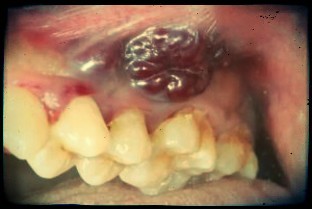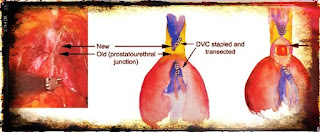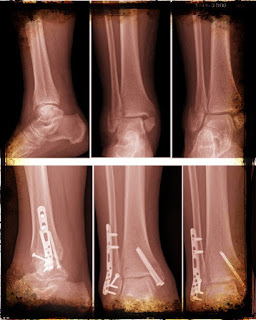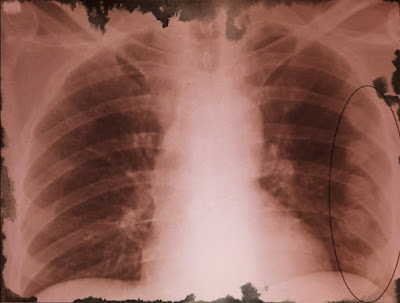Why would you need a colostomy bag? Is a colostomy bag permanent?
The Colostomy
No surgeon advises a colostomy if there is an equally effective alternative. Likewise no patient wants this operation if there is a way to avoid it. No other aspect of intestinal surgery is attended by so much misunderstanding, unrealistic fear and dread of the future mechanics of dayto day contact and social survival.This is one operation in which the patient has much to gain by meeting and talking with a person who has had a colostomy for several years. Once he sees how relatively little it interferes with normal habits, he will be more courageous about it. Many surgeons have a whole group of patients who, having overcome the same uncertainties about colostomies, volunteer to meet with new patients and show them how things are managed. Surgeons can arrange these discussions for every patient in whom a colostomy is anticipated. It is interesting, too, that the adequately instructed, frightened patient of today becomes the confident adviser a year later. The patient who initially says he couldn't live that way rapidly adjusts.
What is a colostomy?
It is a surgically created extrusion of the intestine onto the front of the abdomen. All the bowel contents are evacuated through this opening, which is an abdominal anus. The urine is discharged the normal way; it does not pass through the colostomy. Patients often initially refer to it as "moving the bowels in front," but they soon learn the term "colostomy."Can I have it closed up later so that I'll move my bowels in the normal way?
Sometimes the colostomy is only temporary, in order to relieve an infection or obstruction; it is a sort of detour that is later closed. In other instances, where the rectum is removed or where it fails to heal, the colostomy is permanent.How does it work?
In the first few days after the operation a plastic bag is placed over the opening to collect the stool as it is discharged. The bag, which is similar to plastic bags sold in supermarkets, is changed as often as necessary. The skin does not get soiled. In this early period as well the patient can be up and about and eating everything. The colostomy care at this time is ordinarily the charge of a special group of hospital nurses who manage it under the direct supervision of the surgeon. The colostomy discharges intermittently at first, as with a newborn baby. The techniques for later control and management are undertaken as soon as the incisions are healed.How is the colostomy controlled? Why would you need a colostomy bag?
The special nursing group, sometimes called the stoma ("opening") team, is well experienced in colostomy problems and will explain everything to you as you proceed. Remember at no time will you soil yourself or be left uncertain as to what should be done. You may initially be reluctant to handle the colostomy or even to look at it. That is understandable, but you will soon get over that and you'll manage it expertly. Don't shake your head and look dejected; every patient does it and you will too.For the first few days the nurses will change the bag, then they will help you do it, and by the time you are ready to go home you'll be doing it all by yourself. We will provide you with all the materials you will need, in the way of dressings, when you are discharged from the hospital.
How will I manage this by myself?
Go slowly. This all won't be accomplished at once, but you won't be deserted and left on your own. A nursing service can visit you at home on a daily or every other day basis and assist you. Let me make clear what it is finally going to be like. You will not need to wear a bag. The colostomy will be simply covered with a small square of gauze with vaseline on it to prevent it from sticking. Only rarely will you have a spontaneous unpredicted passage of gas or stool. It takes about three months from the time of the operation until this stage is reached. The colostomy becomes so trained that it will function only when it is washed out by water irrigation performed at about the same time on alternate days. The colostomy requires training, in the same way that a toddler has to be toilet trained.What do you mean by irrigations?
There are two ways to manage the evacuation of the colostomy. One method is to let it discharge by itself; after a period of conditioning it will often function only once a day after breakfast or after supper. For the rest of the time there is no discharge. Of course, this doesn't happen immediately, only after training. This is not suitable for all patients, and it doesn't work all the time. The other method is to irrigate the colostomy with about two pints of water. That is, you insert an enema into the colostomy, and by means of a special appliance the stool is discharged directly into the toilet bowl without your being soiled. These irrigations are done on alternate days and, after you are experienced, take between 30 and 45 minutes. Usually there is no significant soilage between irrigations provided that they are always done at about the same time. A housewife may prefer to do it in the morning after breakfast, and a working person may find it more convenient in the evening before bedtime. Whether you choose irrigations or spontaneous control is partially a matter of temperament or contact with others with the same problem, but mostly a matter of experience and trial. Some patients alternate methods, depending on the most recent experience or their changing time schedule.You have to invest a certain amount of time and effort to train that part of your anatomy. The nursing service at home will instruct you and assist you in the techniques until you yourself become proficient at them.










Comments
Post a Comment